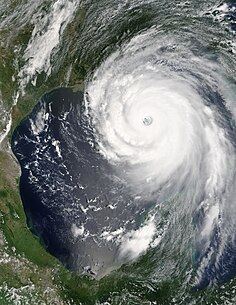Severe Typhoon Megi, a Super Typhoon-to-be-once-more, is presently (10pm) situated ( 18.6 N, 117.2 E,
about 520 km southeast of Hong Kong ). The fact that it is still Typhoon signal 1 sounds completely ridiculous, as Macau has already hoisted signal 1 last night. What the people in the observatory are waiting for? I have no idea. I personally went out to the harbour to check the force of the wind with my 60kg body, and it did feel like Typhoon signal 3 to me.
Image from Hong Kong Observatory
While waiting for Megi to hit Hong Kong, I kept visiting the Hong Kong Observatory website, and that woke up the Typhoon chaser in me. Since many has compared it with Hurricane Katrina in America (2005) and Typhoon Wanda (1962), I thought, exactly how similar and different are they?
Let's find out.
When comparing the strength of the typhoon, other than looking at the Saffir–Simpson Hurricane Scale (SSHS) with Category 5 being the highest, we can also comparing using the maximum sustained winds speed (peak wind) and the lowest pressure -- the faster the speed or the lower the pressure, the stronger a typhoon or hurricane is.
- Category 5 hurricane (SSHS)
- Peak wind : 280 km/h (175 mph)
- Lowest pressure: 902 mbar (hPa; 26.64 inHg)
- At least 1,836 people lost their lives
Then other notable typhoons in Hong Kong are
- Unnamed typhoon in 1874 -- 2,000 people lost their lives in 6 hours.
- Unnamed typhoon in 1906
- Wanda (1962)
Image from Wikipedia
Typhoon Wanda in 1962
Video from RTHK (Chinese video)
- Category 2 typhoon (SSHS)
- Peak wind : 175 km/h (110 mph)
- Lowest pressure: 949 mbar (hPa; 28.02 inHg)
- a total of 434 deaths
- Ruby (1964)
- Category 4 typhoon (SSHS)
- Peak wind : 230 km/h (140 mph)
- Lowest pressure: 963 mbar (hPa; 28.44 inHg)
Image from Wikipedia
- Rose (1971)
- Category 4 typhoon (SSHS)
- Peak wind : 220 km/h (140 mph)
- Lowest pressure: 952 mbar (hPa; 28.11 inHg)
- left 130 people dead
Image from Wikipedia
- Super Typhoon Megi (2010)
- Category 5 Super Typhoon (SSHS)
- Peak wind : 305 km/h (190 mph)
- Lowest pressure: 885 mbar (hPa; 26.13 inHg)
Severe Typhoon Megi
Image from Wikipedia
Image from Wikipedia
HW: So, which storm is the strongest?
I don't normally post Chinese videos, but since that is an authentic video, it is worth the posting. Finally, a couple of videos for you to enjoy!
Unnamed Typhoon in 1953
Video from Youtube by MichaelRogge
TimeLapse Typhoon "Nangka" over Hong Kong
Resources:
Hong Kong Observatory
Saffir–Simpson Hurricane Scale (SSHS)
Great Hong Kong Typhoon of 1937
Typhoon (1953)
Typhoon Wanda 1962
Typhoon Ruby
Typhoon Rose
Typhoon Megi 2010
Pressure Unit Conversion








No comments:
Post a Comment